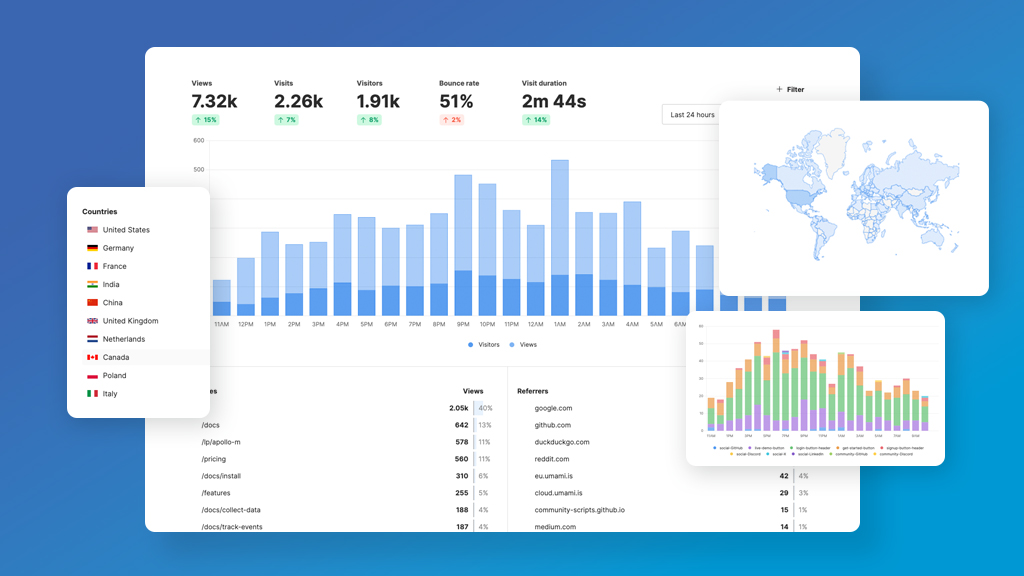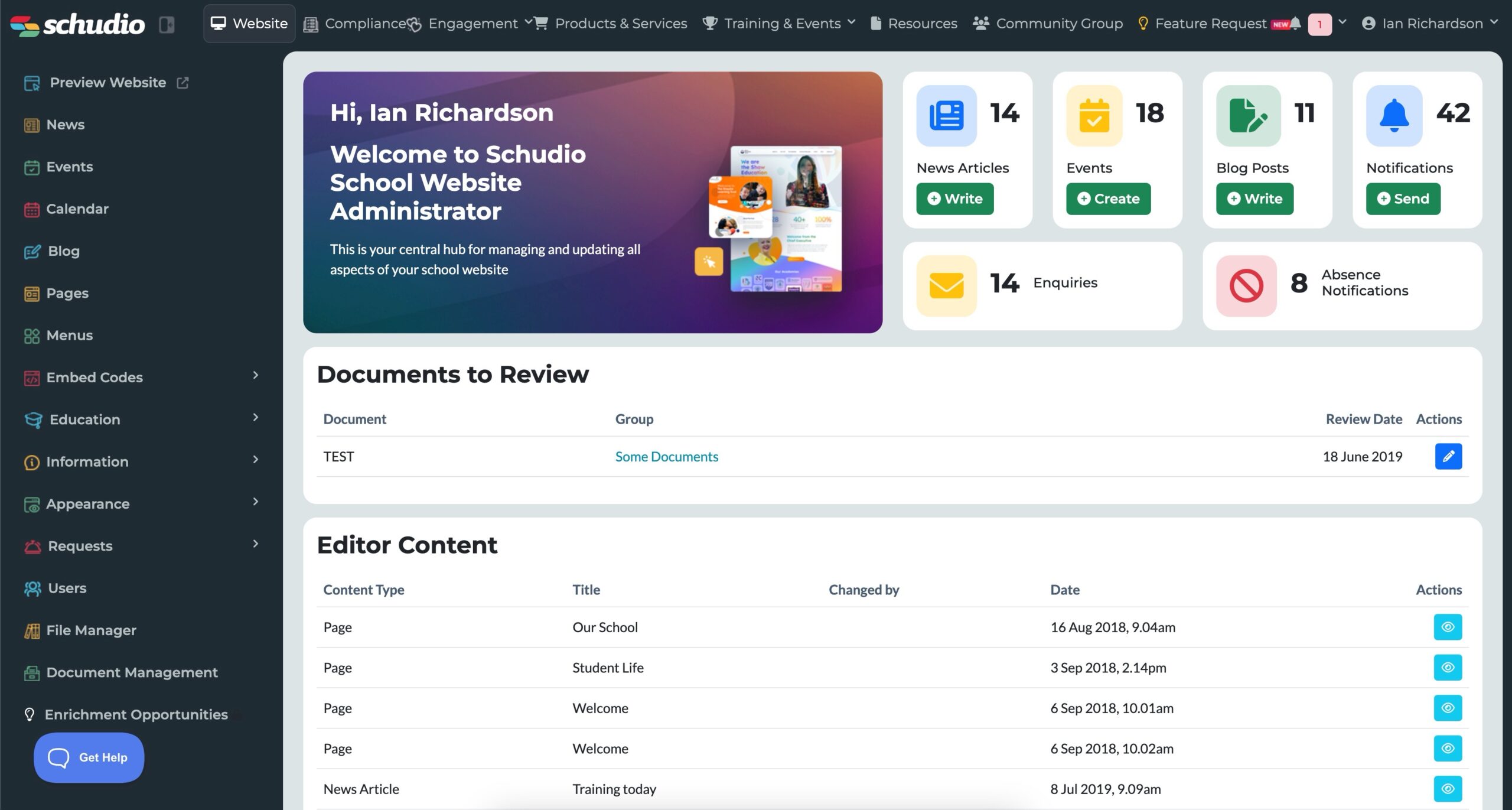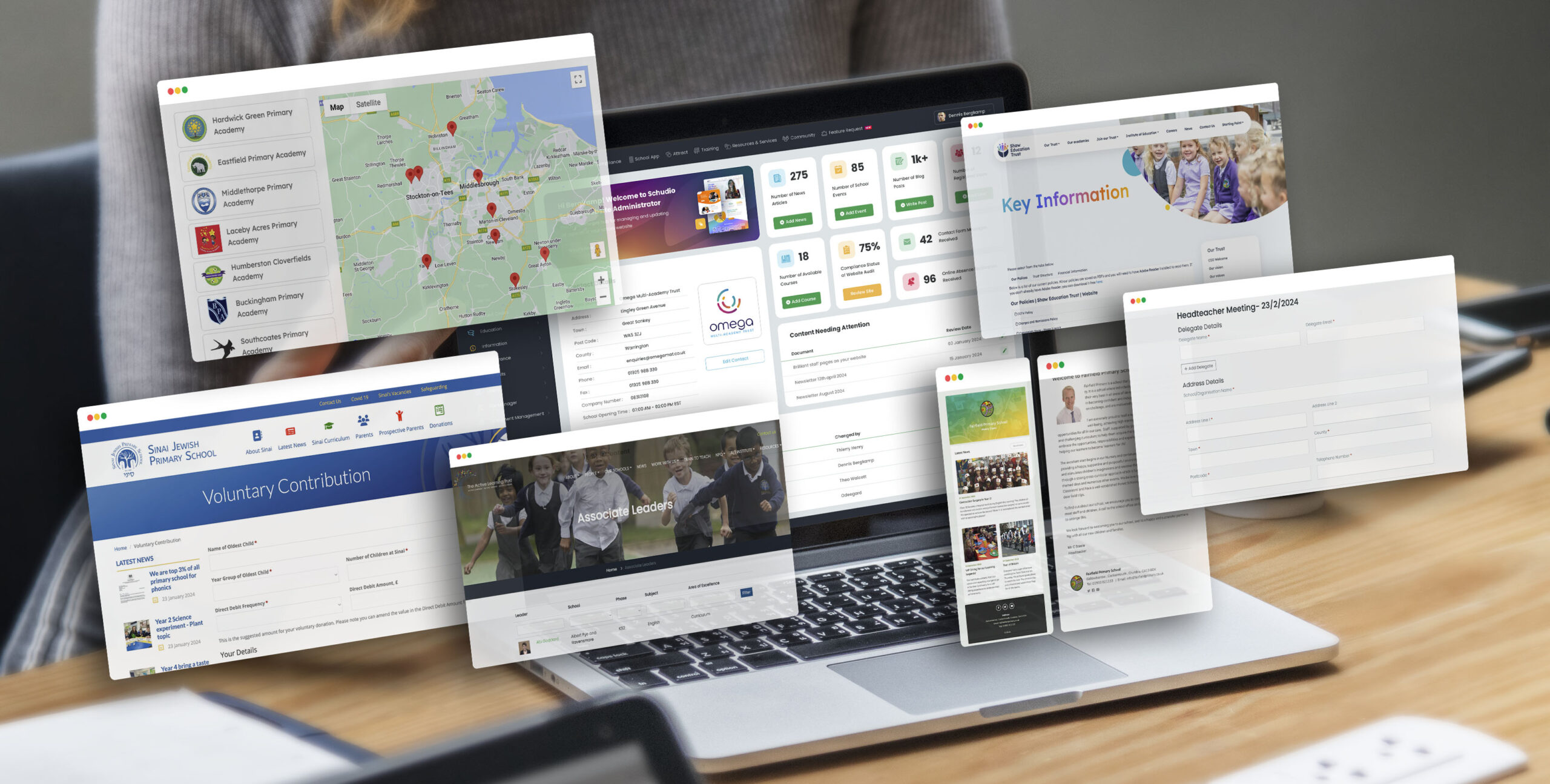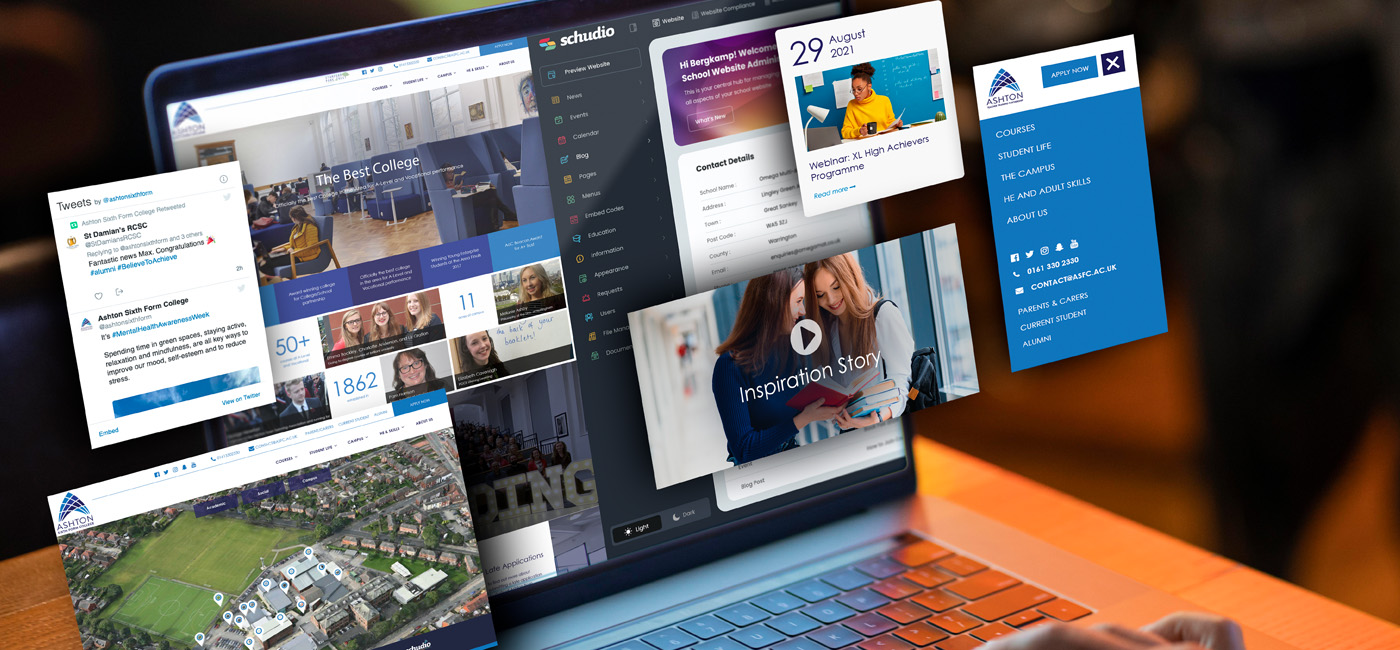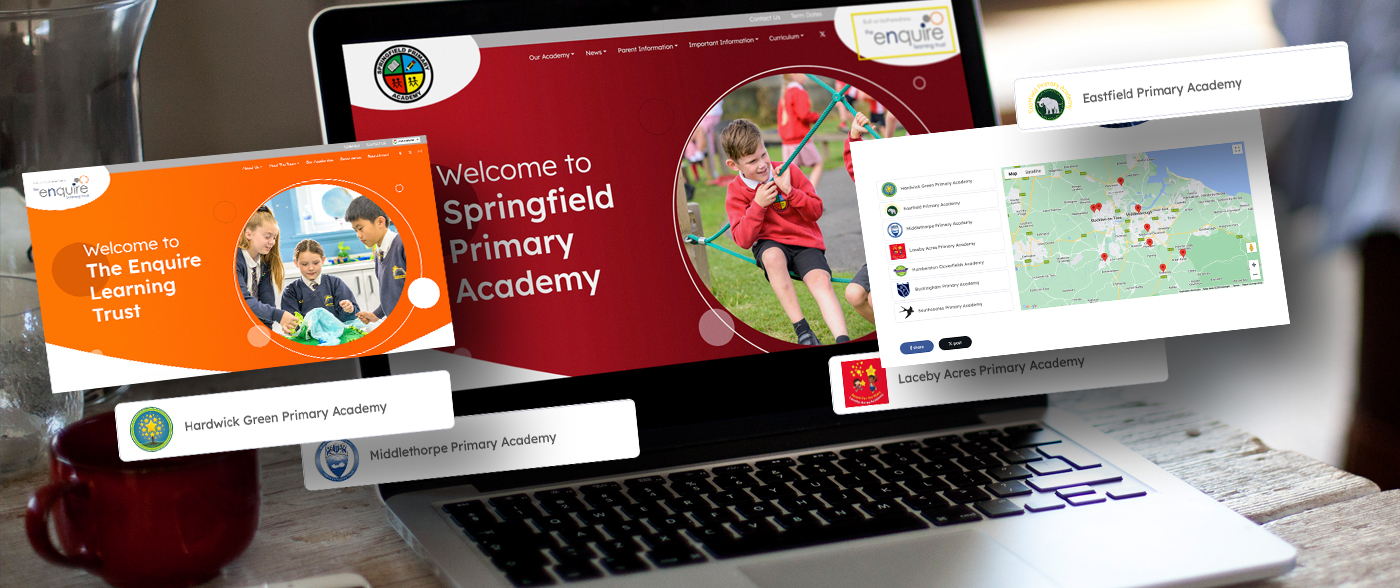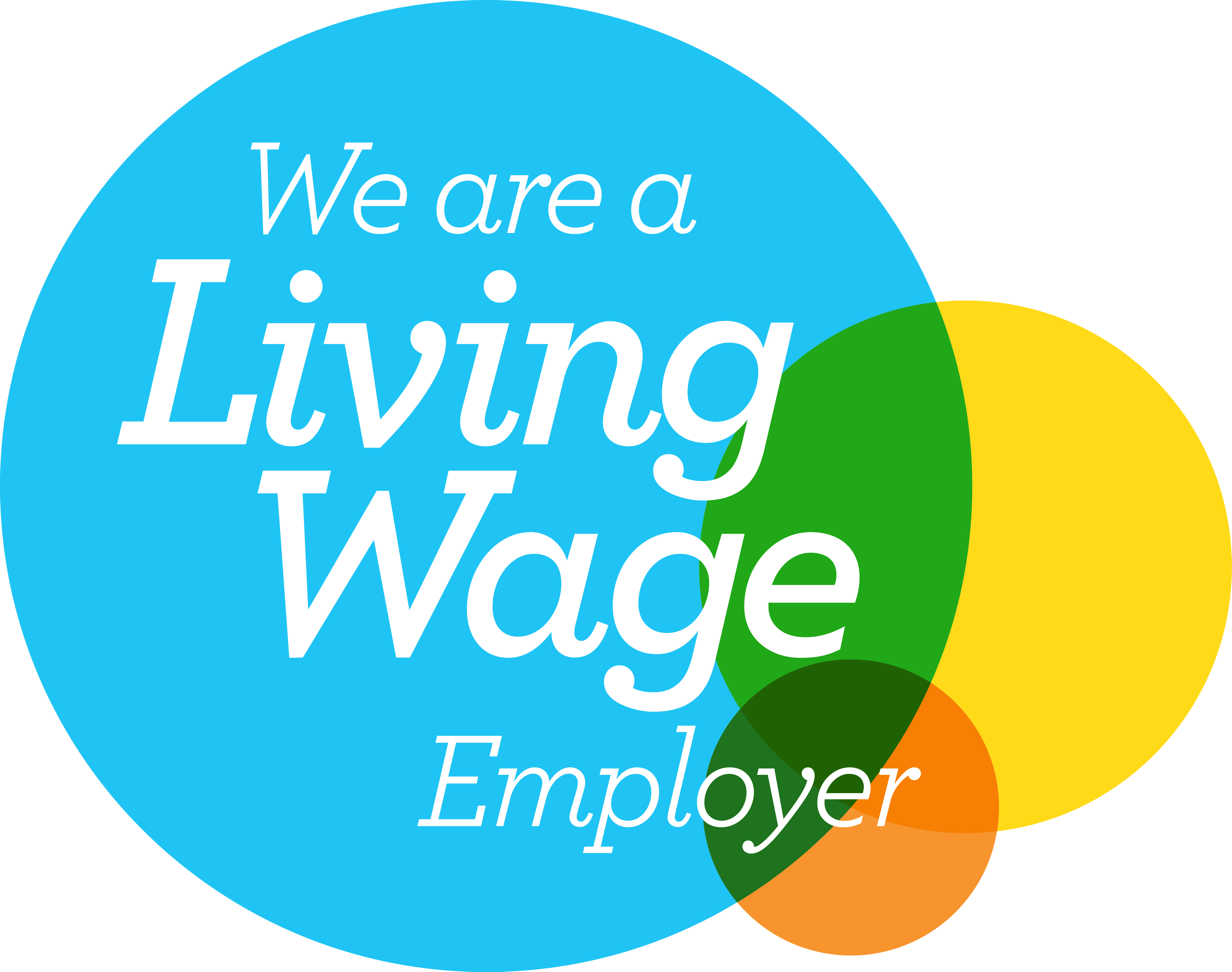School Website Planning Guide
School Website Planning Guide
School Website Planning Guide

School Website Planning Guide
Strategic school website planning is key to a successful and effective school website design project. If it’s a brand new website launch, a revamp of an existing site. Or even a new approach to managing your website. It will be a much more straightforward experience if there’s a clear plan and strategy in place. In our 3 step guide below we’ll cover planning your school website aims. Ensuring your strategy is deliverable and sustainable. Getting your content right. And determining a design to complement and enhance all of the previous steps.
DOWNLOAD YOUR FULL SCHOOL WEBSITE PLANNING GUIDE BELOW
Form Your School Website Strategy – Your Aim and Purpose
What is the goal for your school website? This has to be one of the first questions asked when forming your school website planning and strategy.
Your main aim might be to increase overall engagement on your website, maybe you just want to meet statutory requirements. Maybe your main aim is to make your website the best it can possibly be! Your aim doesn’t have to be static, it should evolve with your website. As you meet and achieve your purposes, update your aims and continue the improvement of your website.
To help determine this answer it can be helpful to consider your audience, and their requirements first.

Who is your audience? What are their requirements?
Determine who your audience groups are and their individual requirements. Then you can review these requirements and prioritise which requirements will feed into your aims and purposes.
One thing that can be helpful is to split your audience groups into categories.
We suggest (With non-exhaustive examples):
– External Authorities (E.g. DFE, ICO, Other central government agencies)
– Visitors (E.g. Parents, Grandparents)
– School Association (E.g. Staff, Governors)
Come to a decision on your audience groups, and then research their requirements. If you can have direct communication with your audience groups (in an anonymous and balanced way) you can get accurate and helpful information. The same is true if they provide or publish direct communication about their requirements for your website. Otherwise you will have to rely on other methods to research your audience requirements.
For example a requirement from an external authority like the DFE will be focused on statutory information being presented in an easy to find way. One of the key audience groups for school websites are parents. Their requirements might be to view newsletters online, check term dates, get in touch with school, or one of many others!
How will you meet your goals?
After requirements have been determined you should be in a place to outline your needs to meet your goals. Update your goals if they will help deliver on your overall objective and aim. Take advantage of new opportunities to help deliver on your aims. Put your requirements into place below your aims and then determine how you will measure effectiveness.
How will it be measured?
 After considering all of these stakeholders and their requirements determine your primary website goal.
After considering all of these stakeholders and their requirements determine your primary website goal.
It’s really important to make sure that this goal is measurable, otherwise there’s no way to judge your effectiveness at meeting it. This measurement step is vital within the aims stage of your school website planning process.
The method to determine how to measure a goal will be different depending on the goal. If your website goal was to increase the visibility of information on your website and reduce phone calls for information criteria for measurement could be recording how many calls for information are made to school, and also data about the usage statistics (usually via google analytics) for your website.
Deliver Your School Website Strategy – Your Content, Team & Structure
Solid school website planning will help create an effective website that meets the measurable criteria. But what makes the best school websites? Read the linked blog post for more information, but there are 3 key sections, and the 2nd and 3rd sections will form a key part of your content strategy. What content will you produce? When will you produce it? Who will produce and publish it?
Your Team
The 2nd section (Regularly Updated) in what makes the best school websites is essential but often overlooked. It takes time to write good quality content for your school website. The team (team members) will need time allocated to effectively manage this responsibility. Responsibility for content doesn’t have to belong to just one person. It is usually helpful to have one key person in charge of your school website. However that doesn’t mean all the content should be on the shoulders of that one person. Who will be part of your website team?
There are lots of different content team structures, differently suited to the planned content strategy. If your school website blog is going to be a key area to create content in line with your requirements who will manage the blog? Will you have different categories within the blog? Subject leaders or department heads in charge of subject specific blogs? Class teachers in charge of their own class blogs. You might also consider a headteacher or principal’s blog to share a thought from school leadership through a less formal (but still professional) medium.
One person managing all this content for just the blogs would be a lot, never mind all the rest of the website. Sometimes delegating a group of pages (E.g. policy pages) to a specific person is helpful. Or even an individual page (E.g. admissions page). Or even more specifically one group of policies (E.g. admissions policies).

This approach to content will work best when pulled together by one or two people to make sure everything is in the right place. This publisher role helps to ensure the content is tidy and displayed consistently. Part of their role could also be to tweaking the text on the page to rank better in search engines, or for readability.
Your Structure
Your school website structure needs to be clear and easy to navigate. [inlinetweet prefix=”” tweeter=”” suffix=””]It should be obvious which section of your website a parent or other visitor will find the information they are looking for.[/inlinetweet] Ambiguous top level menu items, or ones with similar sounding themes make it difficult to decide where the information might be held. E.g. About Us, Our School, School Office, Information. One easy way to avoid this can be to tailor your menu structure to your key audiences, but sometimes your content won’t fit into that plan. As you start planning your structure think about your audience, your aims, and your requirements.
The Design for Your School Website – Your Online Appearance
In your school website planning design stage there isn’t a one shoe is best for schools fit. It very much depends on your school, the resources available, and ultimately what you need to meet your requirements. The initial option you have is choosing between a custom or a bespoke website.

Bespoke
A bespoke design for your website is a fantastic thing. [inlinetweet prefix=”” tweeter=”” suffix=””]A website made exactly to your specifications can create a fantastic tool for your school to utilise and for your visitors to enjoy.[/inlinetweet] If your website has a very specific aim, especially one that is different to anyone else in the sector then a bespoke website will be the best way to meet your goal.
While a bespoke website is an excellent choice, sometimes the cost and time required to invest in a bespoke website might not be available to you.
Custom
In that case a highly customisable pre-designed website may be better suited to your current situation and requirements. [inlinetweet prefix=”” tweeter=”” suffix=””]A custom website provides a website design created by professional website developers, and optimised for your use.[/inlinetweet] With a track record of good performance from the other uses of that design – albeit with their own branding and take.
A good custom design provides a tried and tested design used by other schools, and most importantly parents and other visitors. As a result you have a school website design that you can be confident in. Refined and engineered to work for a number of different schools and their varying purposes. A lower cost custom website package that’s ready to go provides more of a benefit than just cost saving. It will also save your team a lot of time in the design consultation and planning stage.
Federations, Alliances and MATs
A good approach for organisations trying to achieve a consistent brand, but while retaining the unique qualities and identity of individual schools is to have a mix of both. A bespoke custom site is an option. A design unique to your group of schools, but with the same customisable options as a custom site, to adapt the design to your schools, and include any new schools with minimal additional design work required.
School Website Planning – What’s Next?
It might be you have been through all of the above steps and you’re ready to go. Setting out a new strategy for your existing website. You might be completely at the other end, and want help with developing your strategy. Someone to help you work through the whole school website planning process. Or anywhere in between.
We can help you at any stage of this process. We’ve worked through schools from the initial strategy stage right the way through the process, and then supporting them beyond. If you’d like more information get in touch and see how we can help you.
Subscribe to our school website blog for more hints, tips and guides.


